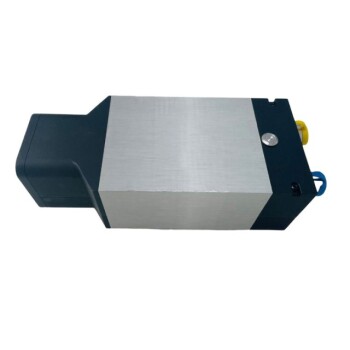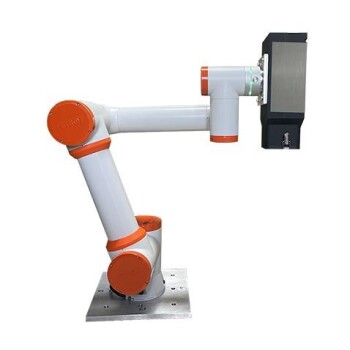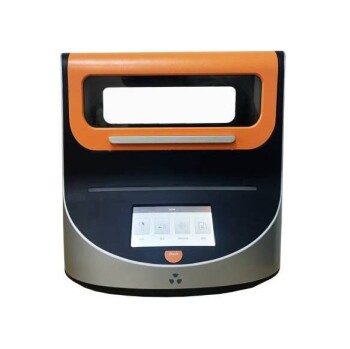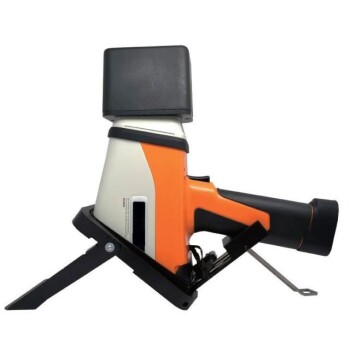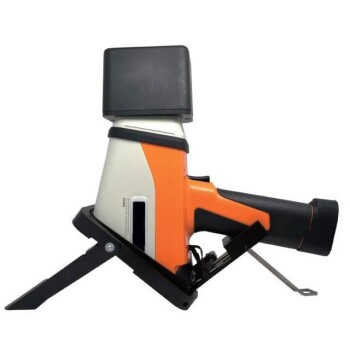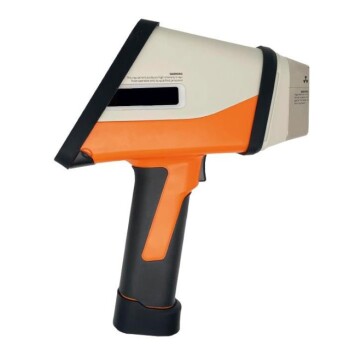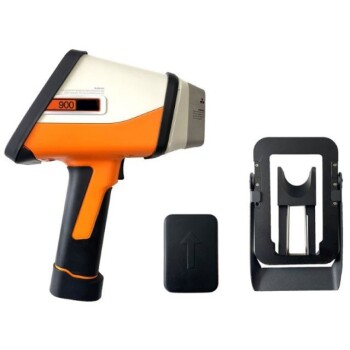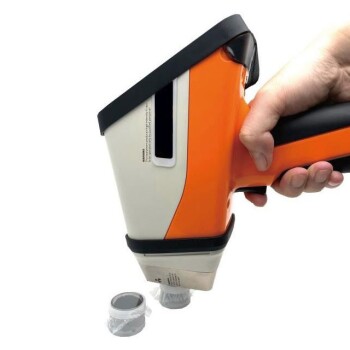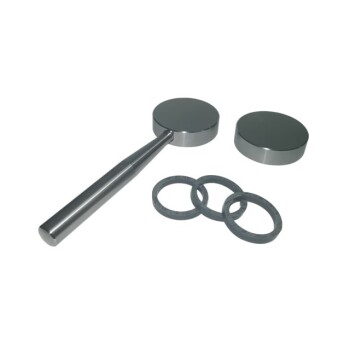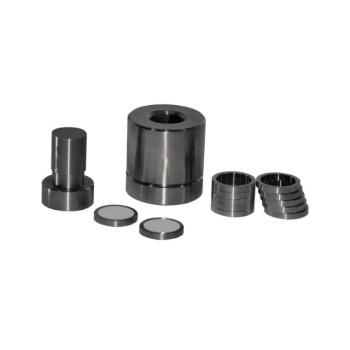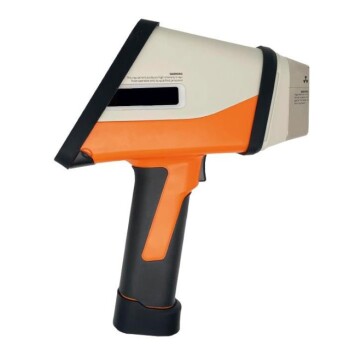X-ray Fluorescence (XRF) is a powerful, nondestructive analytical technique used to determine the elemental composition of materials. At its core, XRF relies on the principle of exciting atoms in a sample using high-energy X-rays, causing them to emit secondary (fluorescent) X-rays. These emitted X-rays are unique to each element, allowing for qualitative and quantitative analysis of the sample's composition. The process involves an X-ray source, a sample, and a detector that measures the energy and intensity of the emitted X-rays. The data is then processed to identify and quantify the elements present. XRF is widely used in industries such as mining, metallurgy, environmental science, and art conservation due to its accuracy, speed, and noninvasive nature.
Key Points Explained:

-
Excitation of the Sample:
- The process begins with an X-ray tube generating high-energy primary X-rays.
- These primary X-rays are directed at the sample, causing the atoms within the sample to absorb energy.
- This absorption excites the electrons in the inner shells of the atoms, causing them to move to higher energy levels.
-
Emission of Fluorescent X-rays:
- When the excited electrons return to their ground state, they release energy in the form of secondary X-rays, known as X-ray fluorescence.
- The energy of these emitted X-rays is specific to the element from which they originate, as each element has a unique atomic structure and energy levels.
-
Detection and Analysis:
- The emitted fluorescent X-rays are detected by either an energy dispersive (EDXRF) or wavelength dispersive (WDXRF) detector.
- In energy dispersive systems, the detector measures the energy of the X-rays directly, while in wavelength dispersive systems, the X-rays are separated based on their wavelength before detection.
- The intensity and energy (or wavelength) of the detected X-rays are used to identify the elements present in the sample and determine their concentrations.
-
Qualitative and Quantitative Analysis:
- Qualitative Analysis: The specific energy or wavelength of the emitted X-rays allows for the identification of the elements in the sample. Each element produces a unique "fingerprint" in the form of its characteristic X-ray emission.
- Quantitative Analysis: The intensity of the emitted X-rays is proportional to the concentration of the corresponding element in the sample. By comparing the intensity of the detected X-rays to known standards, the concentration of each element can be determined.
-
Non-destructive Nature:
- One of the key advantages of XRF is that it is a non-destructive technique. The sample is not altered or damaged during analysis, making it ideal for analyzing valuable or irreplaceable materials, such as archaeological artifacts or precious metals.
-
Applications of XRF:
- Mining and Geology: XRF is used to analyze the composition of ores and minerals, helping in exploration and quality control.
- Metallurgy: It is employed to determine the composition of metals and alloys, ensuring they meet specific standards.
- Environmental Science: XRF is used to analyze soil, water, and air samples for pollutants and contaminants.
- Art and Archaeology: The technique is used to analyze pigments, ceramics, and other materials without damaging the artifacts.
-
Instrumentation:
- The core components of an XRF spectrometer include the X-ray source, the sample chamber, and the detector.
- Modern XRF instruments may also include advanced software for data analysis, allowing for rapid and accurate interpretation of the results.
-
Advantages of XRF:
- Speed: XRF analysis is fast, with results often available in seconds to minutes.
- Accuracy: The technique provides precise and accurate elemental analysis.
- Versatility: XRF can analyze a wide range of materials, including solids, liquids, and powders.
- Non-destructive: As mentioned earlier, the sample remains intact after analysis.
-
Limitations of XRF:
- Detection Limits: XRF may not be sensitive enough to detect trace elements at very low concentrations.
- Matrix Effects: The composition of the sample matrix can affect the accuracy of the analysis, requiring careful calibration.
- Elemental Range: XRF is generally effective for elements with atomic numbers greater than 11 (sodium), though modern instruments can detect lighter elements with specialized configurations.
-
Future Developments:
- Advances in detector technology and data processing algorithms are continually improving the sensitivity and accuracy of XRF instruments.
- Portable XRF devices are becoming more common, allowing for on-site analysis in fields such as mining and environmental monitoring.
- Integration with other analytical techniques, such as X-ray diffraction (XRD), is expanding the capabilities of XRF for more comprehensive material characterization.
In summary, XRF is a versatile and powerful analytical technique that relies on the excitation and subsequent emission of X-rays from a sample to determine its elemental composition. Its non-destructive nature, combined with its speed and accuracy, makes it an invaluable tool in a wide range of scientific and industrial applications.
Summary Table:
| Aspect | Details |
|---|---|
| Principle | Excites atoms with X-rays, causing emission of element-specific X-rays. |
| Key Components | X-ray source, sample, detector (EDXRF/WDXRF). |
| Analysis Types | Qualitative (element identification) & Quantitative (concentration). |
| Applications | Mining, metallurgy, environmental science, art conservation. |
| Advantages | Non-destructive, fast, accurate, versatile. |
| Limitations | Limited trace element detection, matrix effects, elemental range constraints. |
| Future Developments | Portable devices, improved sensitivity, integration with XRD. |
Discover how XRF can revolutionize your material analysis—contact our experts today!
